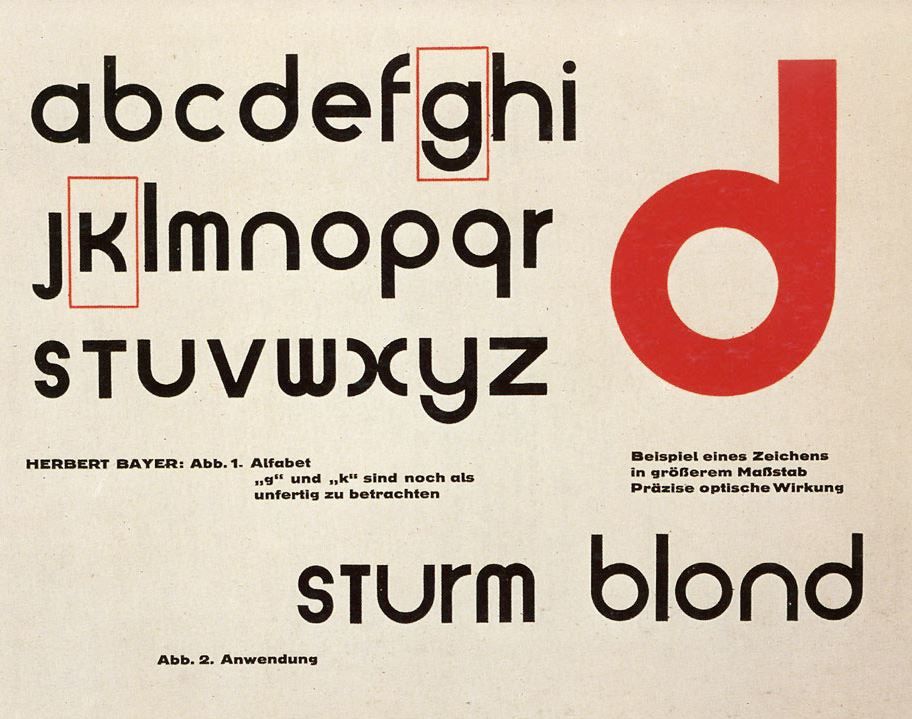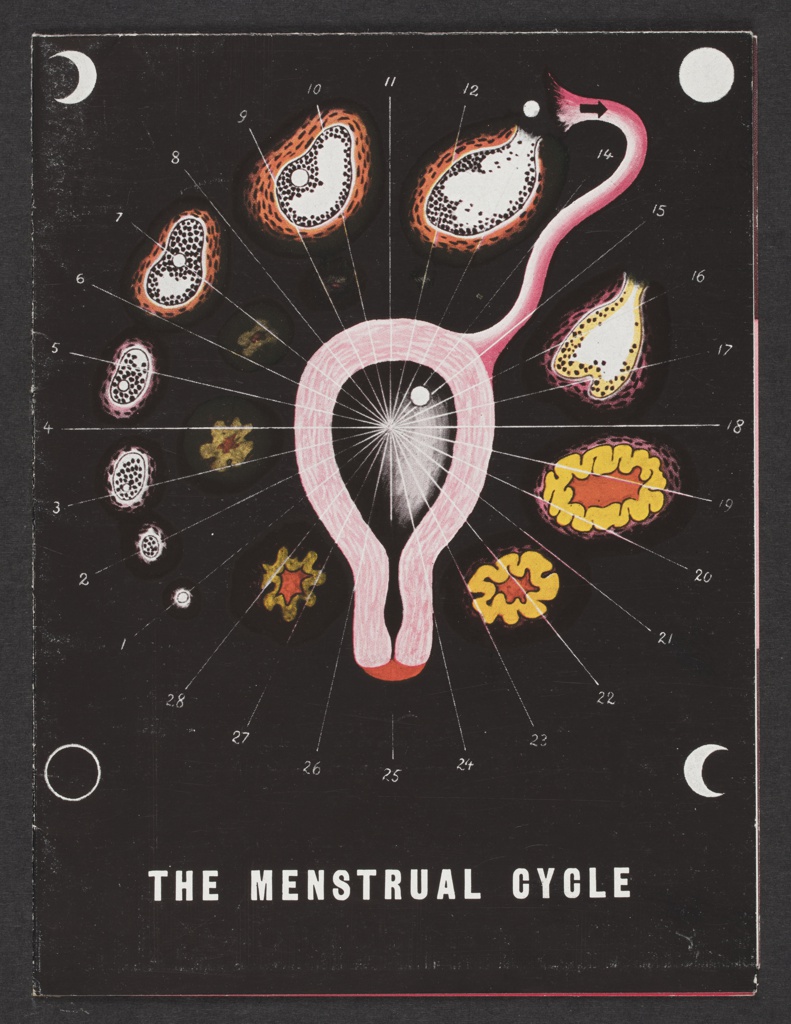
There may not be a person alive on this earth who hasn’t seen at least one of Hugh Syme’s 325 album cover designs. The Toronto-born graphic artist has designed for a wide range of musicians, from Canadian Pop Queen Celine Dion to American thrash metal forerunner Megadeth. Syme has been responsible for all of Rush’s album art since 1975’s Caress of Steel, as well as their famous Starman logo. Being a keyboardist, Hugh Syme has also played with Rush, Alice in Chains, Ian Thomas Band, Tiles, and Jim McCarthy.
“A lot of people don’t know that’s a painting-[Rush’s] Power Windows-because I worked from several images. I found the room, found the guy, and found TV, then painted the final as acrylic on canvas.”
Hugh Syme
Syme was a big fan of Salvador Dali growing up. One of his friends was fortunate enough to meet Dali at his Port Lligat studio and came back with descriptions “about Dali’s floor being strewn with reference photos,” which is when Hugh realized there was no shame in utilizing photo reference.
Implementing what he calls ‘improbable reality’, as well as ‘breaking the frame’ (ie. extending past the canvas limits) has led Hugh Syme to win 5 Juno Awards, as well as being nominated 18 times.
Sources:
https://blog.discogs.com/en/beneath-the-covers-hugh-syme/
https://en.wikipedia.org/wiki/Hugh_Syme
http://www.hughsyme.com/#

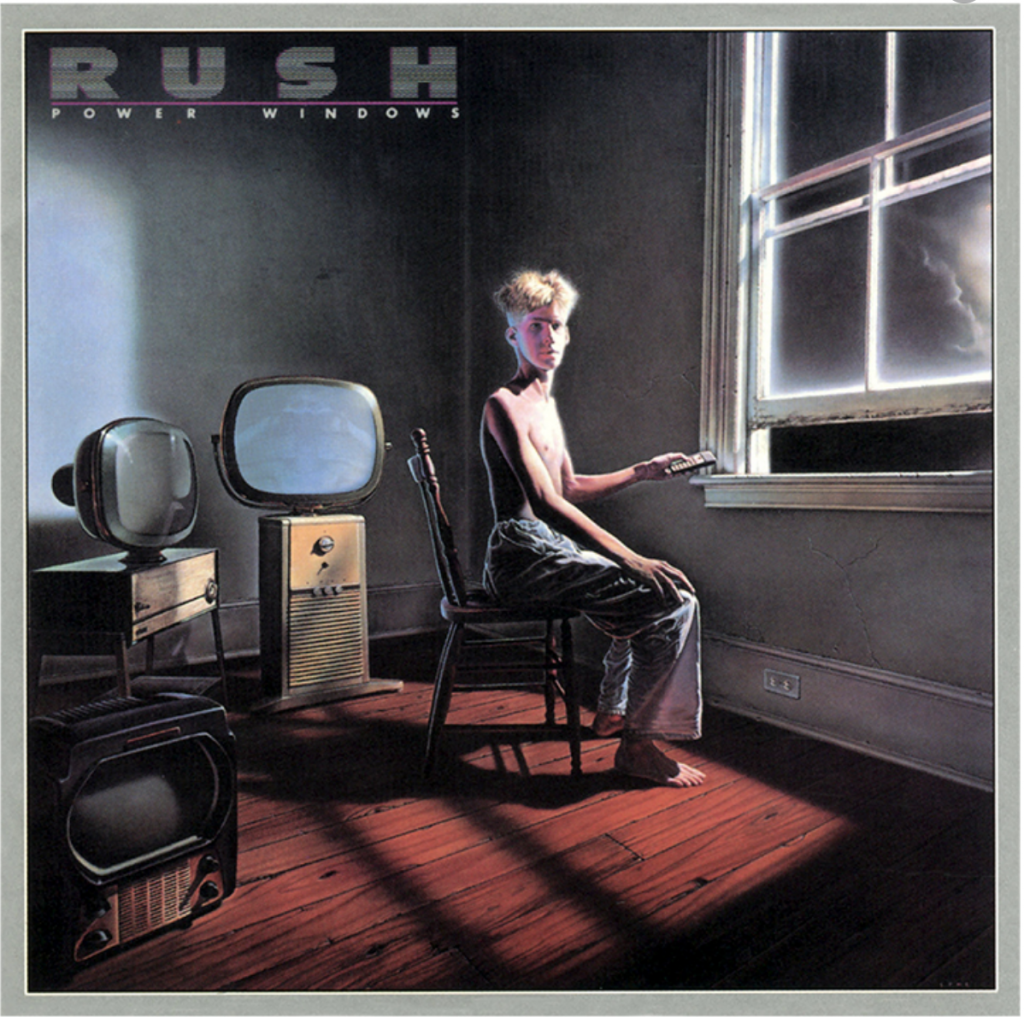
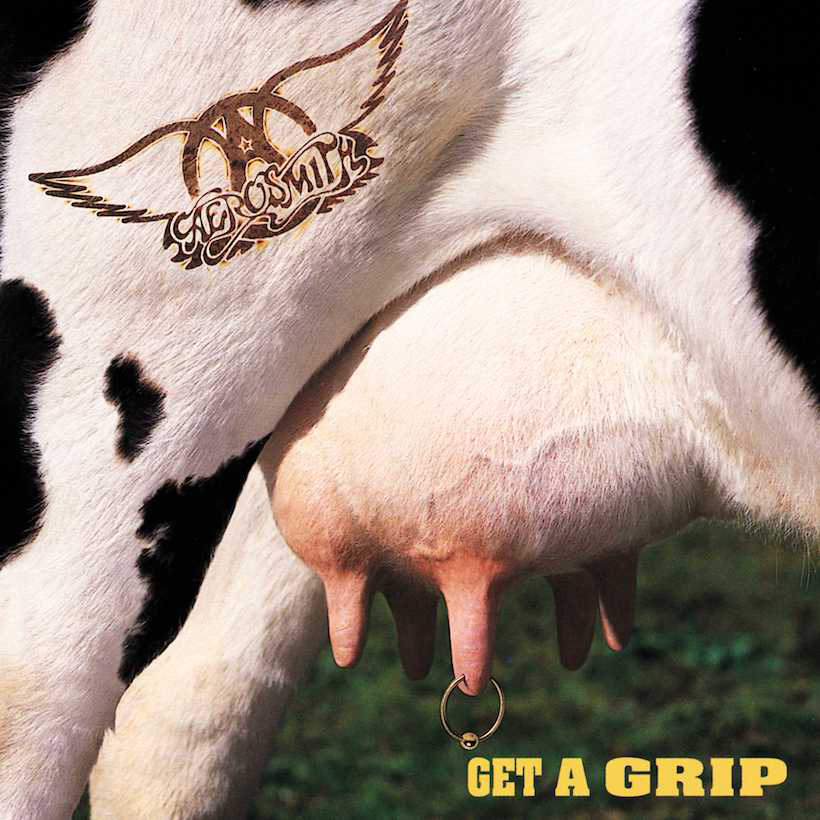





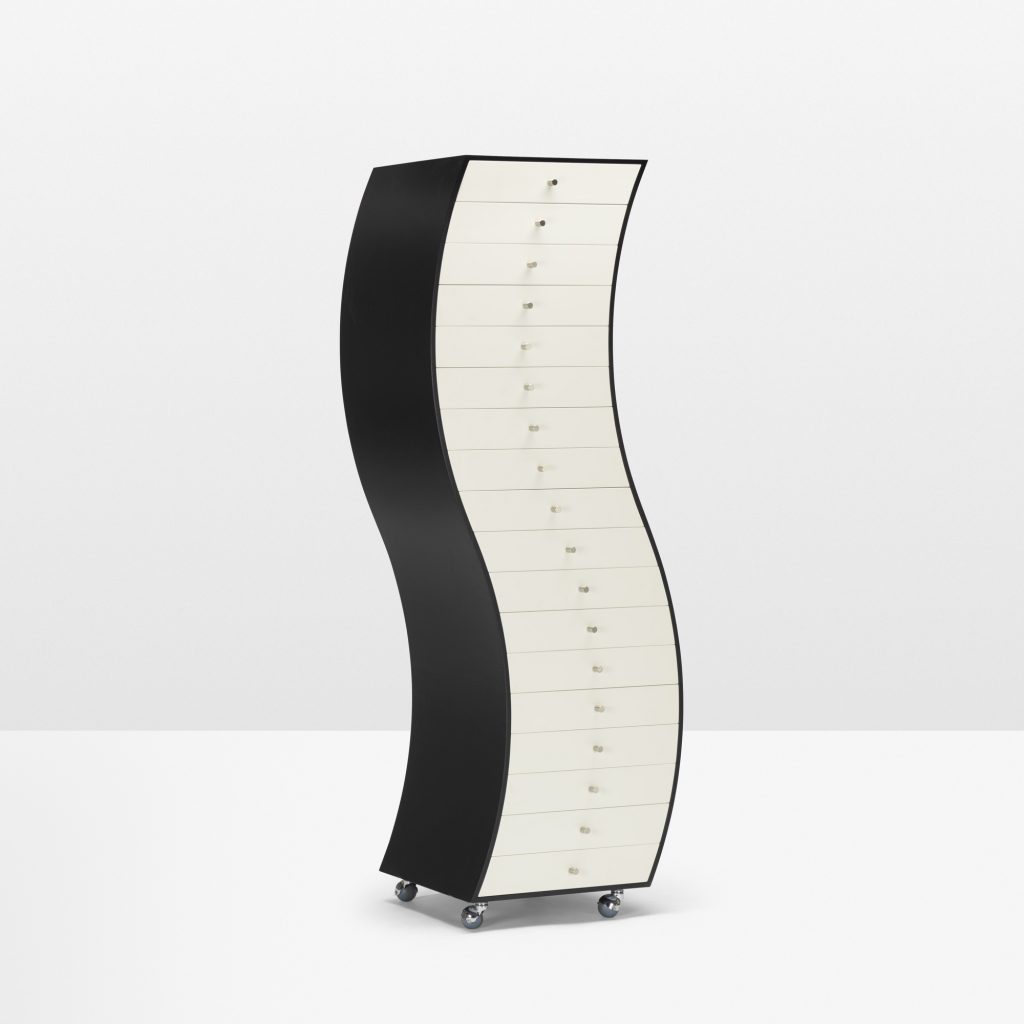
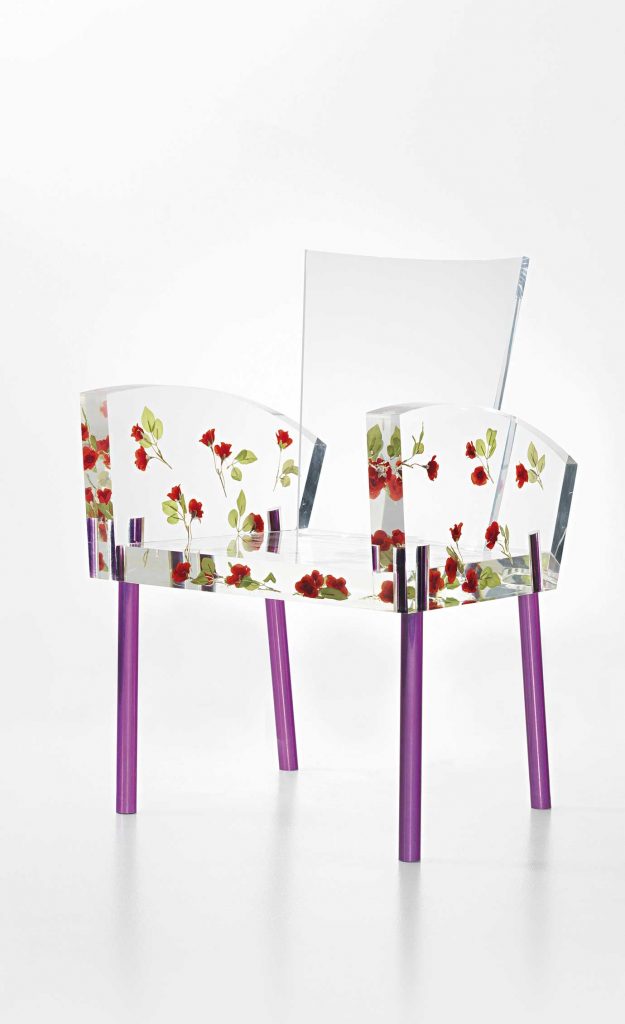

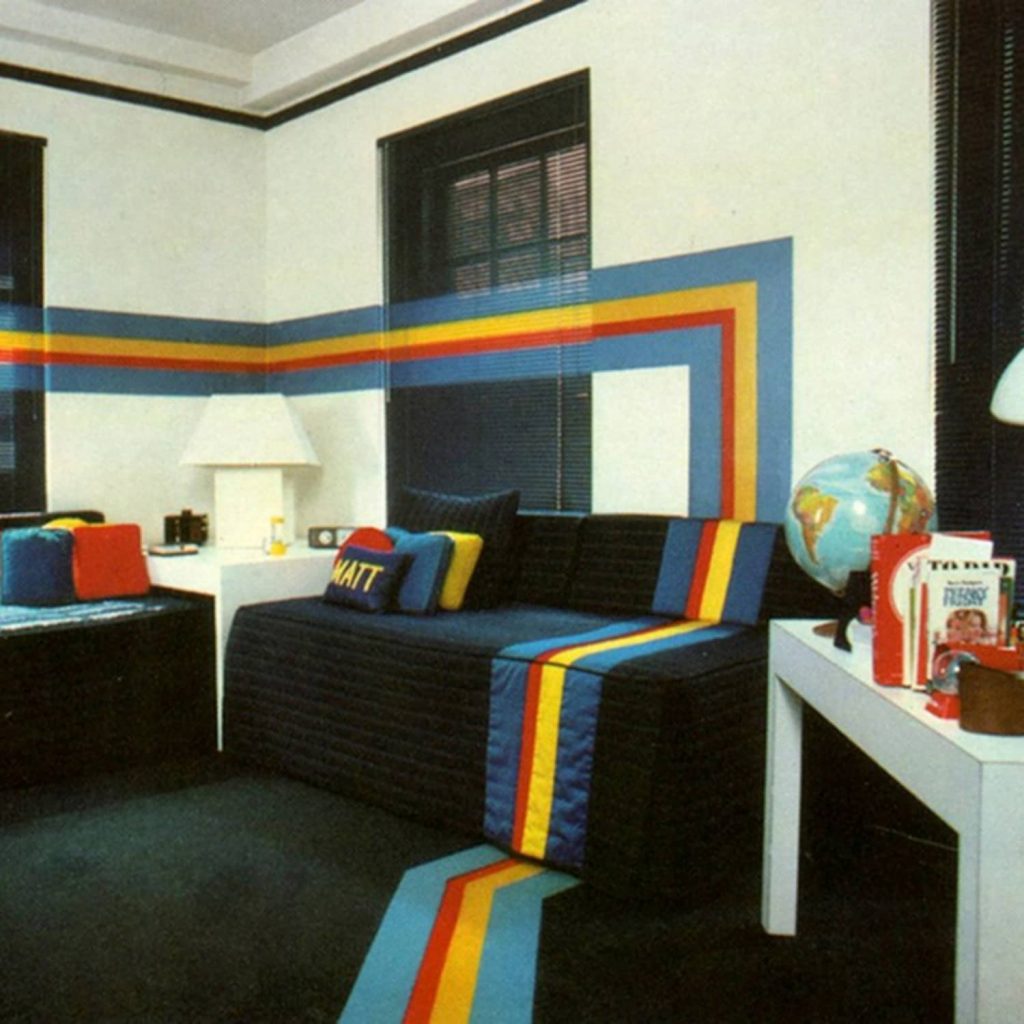
:format(webp):no_upscale()/cdn.vox-cdn.com/uploads/chorus_asset/file/9965699/Screen_Shot_2018_01_02_at_1.55.35_PM.png)






